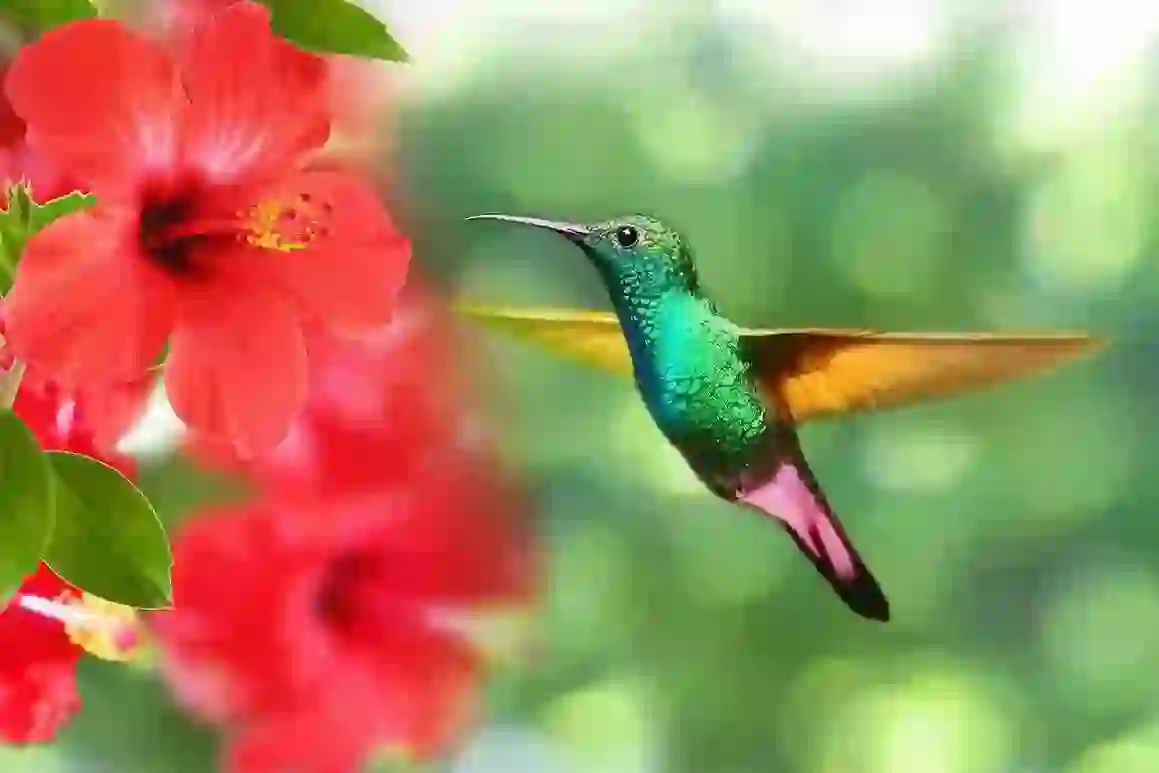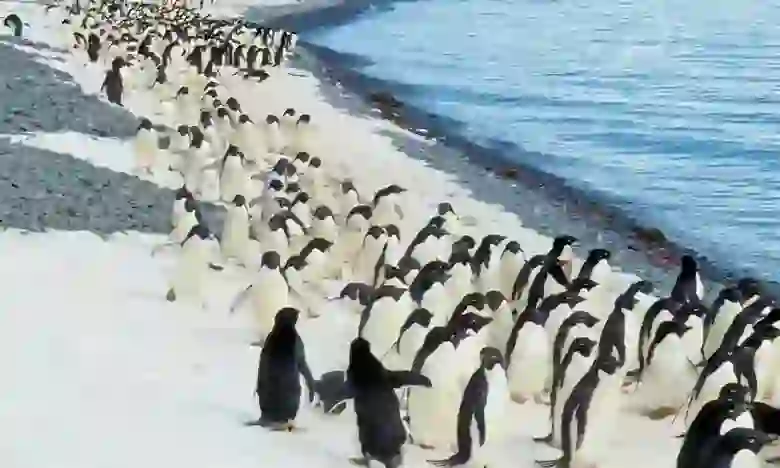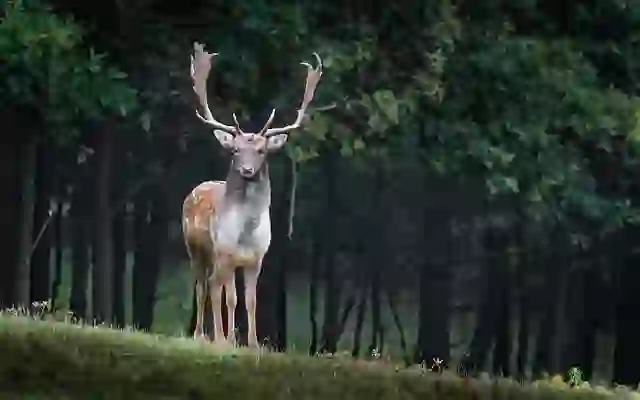
Tropical Clawed Frog
Tropical Clawed Frog
Tropical Clawed Frog
In the rainforests of West Africa, the tropical clawed frog, a small amphibian, makes its home. These frogs are members of the clawed frog family, spending their entire lives underwater. Their small bodies hold a surprising secret. Let's delve into the fascinating world of the tropical clawed frog!
Tropical Clawed Frog Basic Infomation
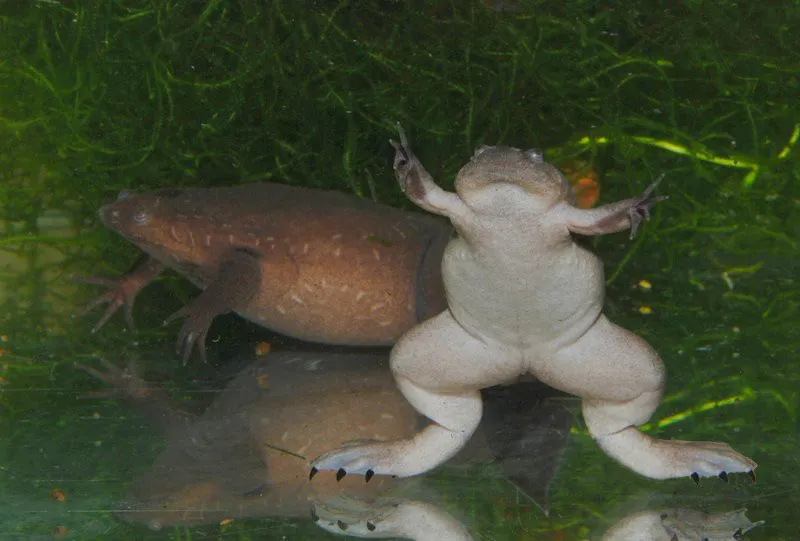
| Property | Value |
|---|---|
| Scientific Name | Xenopus tropicalis |
| Taxonomic Status | SPECIES |
| Rank | Species |
| Vernacular Names | western clawed frog, Tropical clawed frog |
| Kingdom | Animalia |
| Phylum | Chordata |
| Class | Amphibia |
| Order | Anura |
| Family | Pipidae |
| Genus | Xenopus |
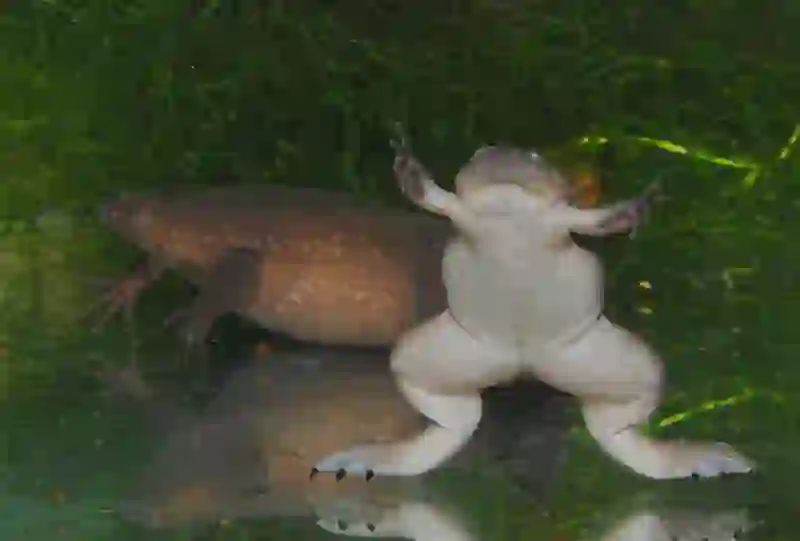
The tropical clawed frog ( *Xenopus tropicalis* ) is a frog species belonging to the genus Xenopus in the family Pipidae, found in West and Central Africa.
They are about 4-5 cm long and, like other clawed frogs, have a flattened body.
Their coloration is gray or brown with mottled patterns that help them blend into their surroundings.
They are thought to mimic the fallen leaves and mud on the water bottom.
Tropical Clawed Frog Q&A

What kind of frog is the tropical clawed frog?
The tropical clawed frog is a fully aquatic frog that inhabits the slow-moving waters of rainforests in West Africa.
They spend their entire lives in water and rarely venture onto land.
Like other clawed frogs, their flattened body is well-suited for hiding on the bottom, and their small eyes are located on the top of their head.
They also lack tongues.
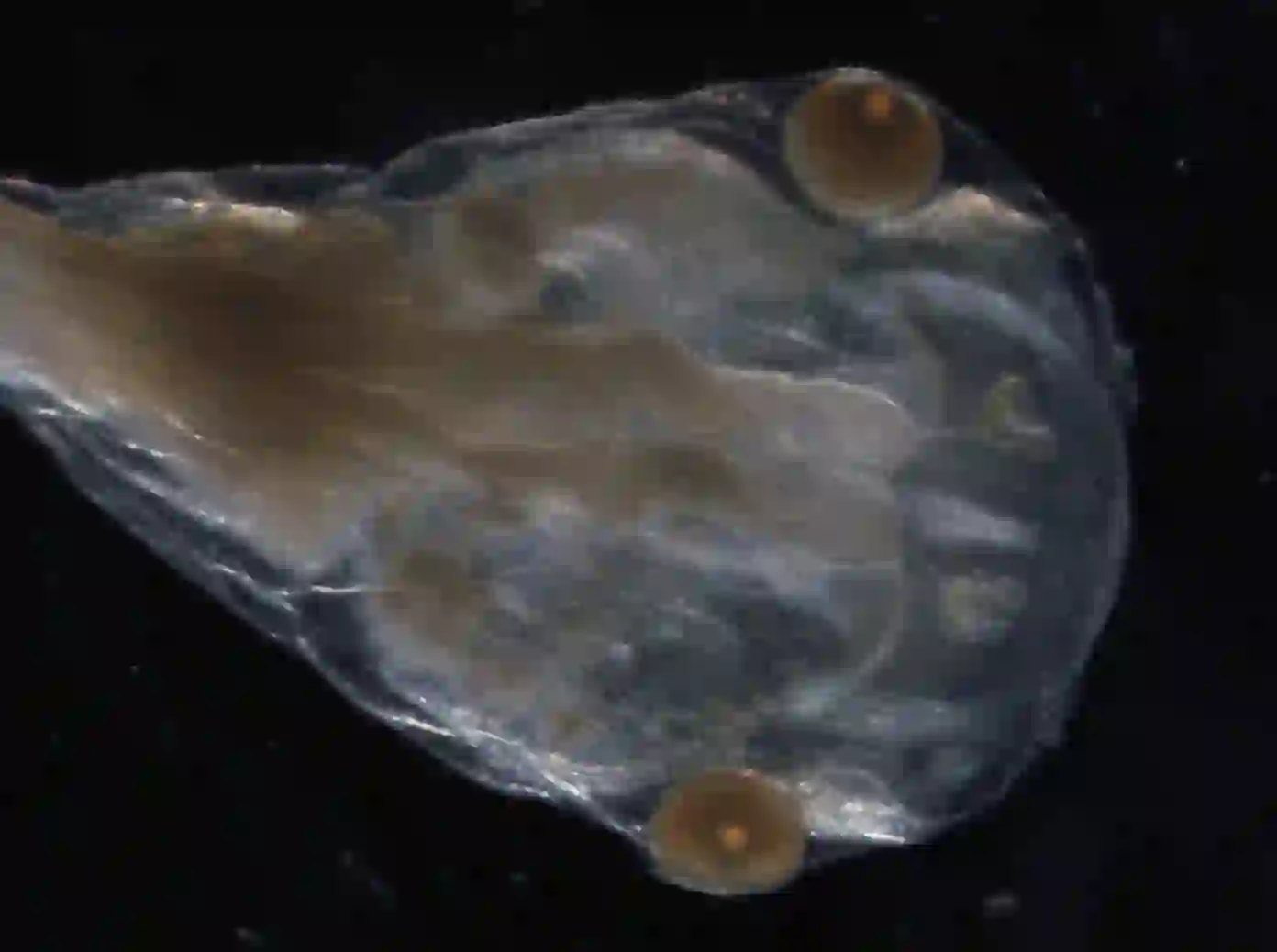
What do tropical clawed frogs eat?
Tropical clawed frogs are carnivorous, feeding on aquatic insects, crustaceans, and small fish.
Since they lack tongues, they capture prey by suction, engulfing it with their wide-open mouths.
They have star-shaped sensory organs on their front toes that help them detect vibrations in the water and locate prey.
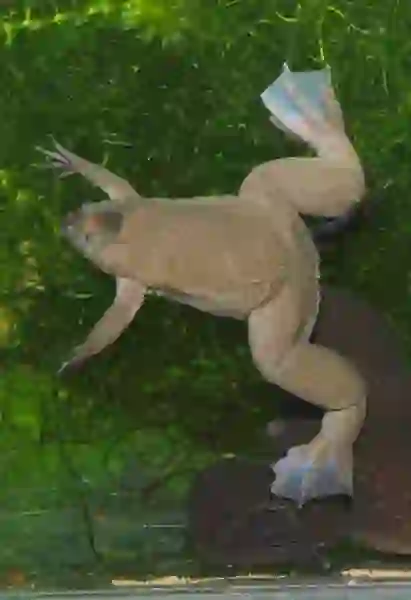
Why are tropical clawed frogs getting attention?
Tropical clawed frogs have gained attention as laboratory animals in recent years.
They have a shorter generation time and are easier to breed than the African clawed frog ( *Xenopus laevis* ),
Making them suitable for genetic and developmental biology research.
Their small genome size and ease of genetic manipulation also make them valuable for research.
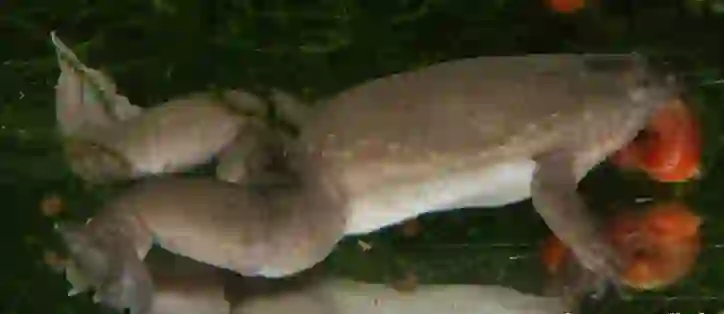
How do tropical clawed frogs reproduce?
The breeding season for tropical clawed frogs is during the rainy season.
Males attract females with a clicking sound, similar to "tick-tick-tick," underwater.
Females lay hundreds of eggs at a time on aquatic plants.
The eggs hatch within a few days, releasing tadpoles.
Tadpoles live in water and eventually undergo metamorphosis to become adults.
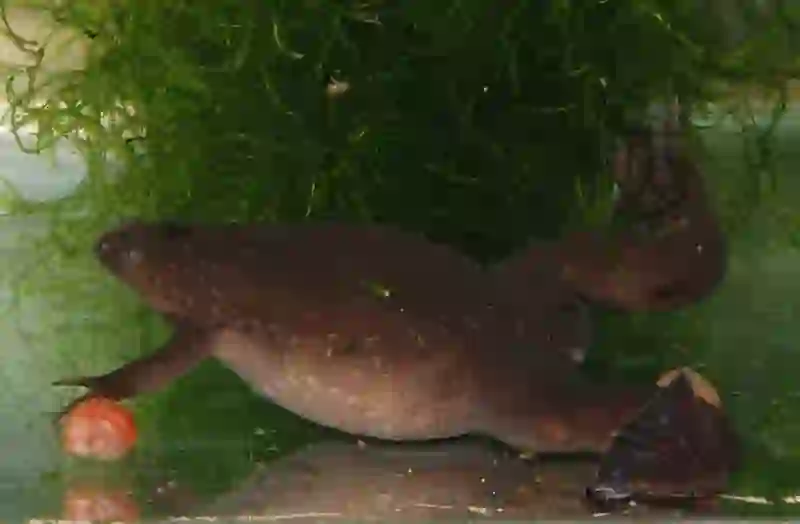
Are tropical clawed frogs endangered?
Tropical clawed frogs are facing population decline due to habitat loss and pollution, but are listed as Least Concern (LC) on the IUCN Red List.
However, their habitat in the rainforests of West Africa is being destroyed by development and deforestation.
Water pollution is also a growing threat.
Protecting their habitat is crucial for the conservation of tropical clawed frogs.

Would you like to become a part of the 'Animalbook.jp'?
Turn your knowledge into Q&A and share it with the world. ※Publication will be activated after purchase. Let's share information together!
Tropical Clawed Frog Type of List

- Tropical Clawed Frog
Information
Congratulations! You are the first commenter!

Create Your Favorite List!
Tropical Clawed Frog
Save the animals you love! Build your own list to quickly revisit your favorites later.

Would you like to leave a comment?
※Please note: This is for the purchase of rights to post comments within the article.
Find Your Favorites!
Our shop offers a unique and attractive selection of goods themed around various animals.
Tropical Clawed Frog References
Tropical Clawed Frog Introduction of media used

Václav Gvoždík, CC BY-SA 2.5, via Wikimedia Commons

Nicolas Pollet, CC BY-SA 3.0, via Wikimedia Commons

Václav Gvoždík, CC BY-SA 2.5, via Wikimedia Commons

Václav Gvoždík, CC BY-SA 2.5, via Wikimedia Commons

Václav Gvoždík, CC BY-SA 2.5, via Wikimedia Commons
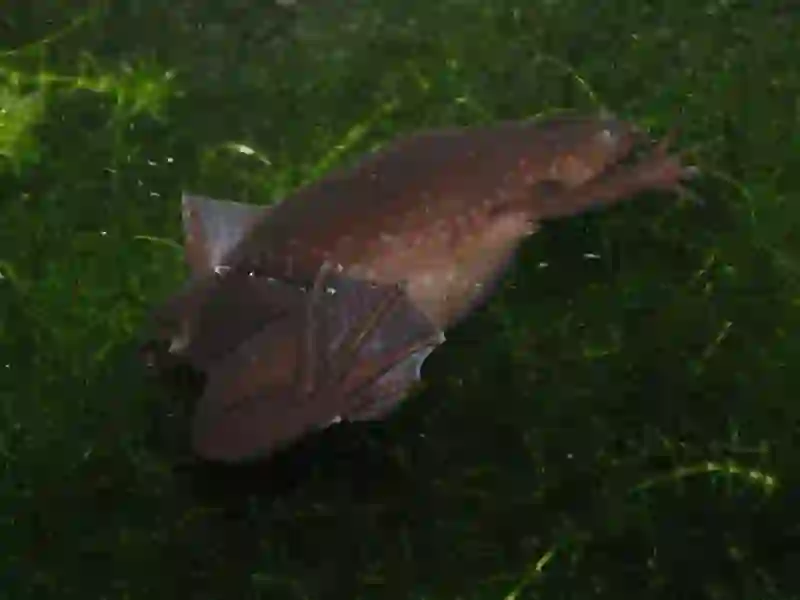
Václav Gvoždík, CC BY-SA 2.5, via Wikimedia Commons

Help Enrich Our Animalbook.jp with Your Media!
We are constantly looking to expand and enrich our Animalbook.jp with amazing photos and videos of animals. If you have any media that you'd like to share, please contribute and help us showcase the beauty and diversity of the animal kingdom. Your submissions will be credited and featured in our encyclopedia, reaching a wide audience of animal lovers.









